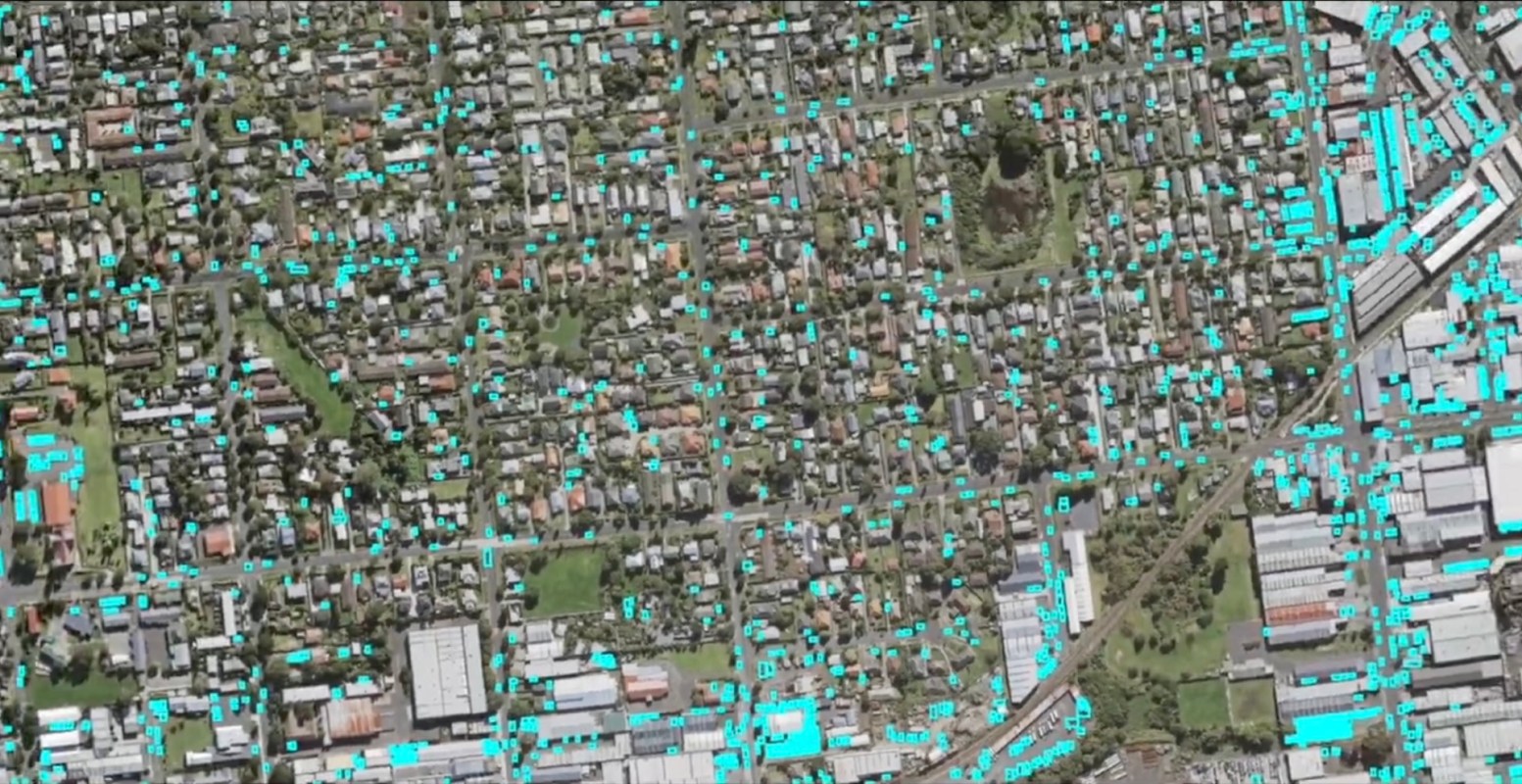Some people fear the day machines take over, and a recent video has shown that, in a sense, the machines already have.
A video posted by New Zealand resident Tim Welch (@TimFWelch) to X, formerly known as Twitter, shows the impact on our cities of one type of machine: cars.
"How much space in our city is occupied by cars? More than you imagined …" Welch writes above the video.
The video starts by showing a neighborhood with cars outlined in turquoise squares. It then rapidly zooms out to show more and more of the city, with more and more turquoise squares filling the space. By the end, you see much more turquoise than not.
How much space in our city is occupied by cars?
— Tim Welch (@TimFWelch) October 9, 2023
More than you imagined...https://t.co/0F3xBmk69n pic.twitter.com/p2ZYn0c4sM
While many commenters quickly pointed out that the video becomes a bit misleading as it zooms out, one astutely said, "Great viz. Deceiving at the end, because it saturates the vectors being non scalable. But still, an extremely good way to see it at mid-range."
Whether the video is slightly deceiving or not, it highlights a truth of our society: many of us rely on cars, and standard gas-powered vehicles produce a huge amount of planet-warming pollution.
Data from Hedges & Company show there are about 1.5 billion vehicles on Earth. A typical car produces over 10,000 pounds of carbon pollution per year, and worldwide, passenger cars produce around 3.3 billion tons of carbon pollution annually.
It's not just the cars, either. It's also the infrastructure required to support them.
"And also: all the car-dedicated space: parking, vehicle lanes, car businesses (repair, sale, scrapping, etc). It's vast. Maybe even the majority of our urban space," pointed out one commenter.
Parking lots contribute significantly to the urban heat island effect, a phenomenon that impacts around 80% of the United States population, according to the non-profit Climate Central.
Cars are an advancement that has made many of our lives easier while wreaking havoc on the planet and our health.
"Just imagine if we still had horses and carriages," another commenter on the post joked. "But seriously, where is the tram and rail networks and will there be a tram or train to take me to where I want within a reasonable time? That's the problem and cycles are realistic for trips of 10 miles (15 km) or less, for most."
Solid public transportation is a factor that could greatly reduce the number of cars on the road. Countries are working to answer the commenter's point, like this Chinese bullet train, but we still have a way to go until maps like the one shared in the video are greatly changed.
Join our free newsletter for cool news and actionable info that makes it easy to help yourself while helping the planet.









